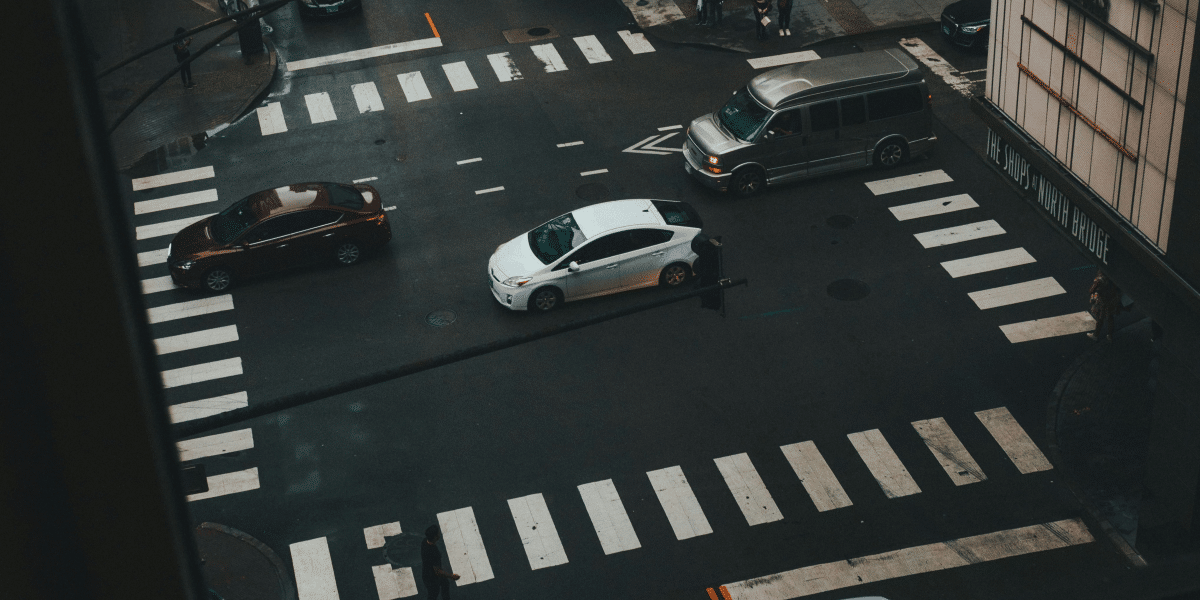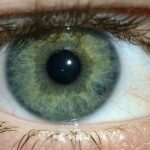Intersections are among the most complex and dangerous areas on any road, and Chicago is no exception. With its dense traffic, bustling pedestrian activity, and frequent public transportation routes, the city’s intersections are hotspots for accidents. Certain intersections have gained notoriety for their high accident rates, raising concerns among city planners, residents, and drivers alike. Understanding why these intersections are prone to accidents is crucial for developing strategies to improve safety and reduce the number of crashes.
Several factors contribute to the high-risk nature of these intersections, including heavy traffic volumes, poor visibility, and the complex layout of roads. Combined with driver behavior and environmental conditions, these elements create a perfect storm for collisions. For those involved in accidents at these intersections, seeking legal assistance from a car accident attorney in Chicago can be essential in navigating the aftermath and pursuing compensation for damages.
Traffic Volume and Congestion
One of the primary reasons certain intersections in Chicago are prone to accidents is the sheer volume of traffic that passes through them daily. High-traffic areas, especially during peak hours, see a constant flow of vehicles, cyclists, and pedestrians, all competing for space and right-of-way. This congestion increases the likelihood of accidents, as drivers may become impatient, distracted, or fail to notice other road users.
Intersections like those found in downtown Chicago are particularly vulnerable to congestion-related accidents. The combination of busy commercial areas, tourist attractions, and multiple lanes of traffic converging creates a chaotic environment where even minor errors can lead to serious collisions. Effective traffic management and infrastructure improvements are needed to mitigate these risks.
Poor Visibility and Obstructed Views
Visibility is crucial in preventing accidents at intersections, yet many of Chicago’s high-risk intersections suffer from poor sightlines. Buildings, parked cars, large vehicles, and trees can obstruct a driver’s view of oncoming traffic, pedestrians, or cyclists. When visibility is compromised, drivers have less time to react to potential hazards, increasing the chances of a collision.
In addition to physical obstructions, weather conditions like fog, rain, or snow can further reduce visibility at intersections. This is especially dangerous in winter when icy roads compound the problem. Addressing visibility issues through better signage and lighting and removing obstructions can help reduce the number of accidents at these intersections.
Complex Road Layouts and Signage
The design and layout of an intersection play a significant role in its safety. Poorly designed intersections or confusing signage can lead to driver errors and accidents. In Chicago, some intersections have multiple lanes, complicated turn signals, or unusual configurations that make it difficult for drivers to navigate safely, especially if unfamiliar with the area.
Signage that is unclear or placed in locations that drivers might miss can also contribute to accidents. When drivers are unsure of which lane to be in when to turn, or the speed limit, they are more likely to make sudden or erratic maneuvers, leading to collisions. Simplifying road layouts and improving signage can help reduce confusion and enhance safety at these problematic intersections.
Driver Behavior and Distraction
Even at well-designed intersections, driver behavior can significantly influence the likelihood of accidents. Distracted driving, whether due to mobile phone use, radio adjustments, or other in-car activities, is a major contributor to intersection collisions. When drivers are not fully focused on the road, they are more likely to miss traffic signals, fail to yield the right-of-way, or not notice pedestrians.
Aggressive driving behaviors, such as speeding, running red lights, or making unsafe lane changes, also contribute to the high accident rates at some of Chicago’s intersections. These behaviors endanger the aggressive driver and put other road users at risk. Public education campaigns and stricter traffic law enforcement are essential in curbing these dangerous behaviors.
Pedestrian and Cyclist Activity
Chicago has a vibrant pedestrian and cycling culture, particularly in urban areas where walking and biking are common modes of transportation. However, this also means that intersections must accommodate a mix of vehicles, pedestrians, and cyclists, which can be challenging. High levels of pedestrian and cyclist activity, especially during rush hours, can lead to vehicle conflicts, increasing the risk of accidents.
Intersections that lack adequate pedestrian crossings, bike lanes, or signals specifically for non-motorized traffic are particularly dangerous. Enhancing infrastructure to protect pedestrians and cyclists, such as installing more crosswalks, pedestrian islands, and bike lanes, can help reduce accidents and create a safer environment for all road users.
Environmental Factors and Road Conditions
Environmental factors, including weather and road conditions, also make certain intersections more accident-prone. Chicago’s harsh winters bring snow, ice, and sleet, all of which can make roads slippery and reduce vehicle control. Potholes, uneven pavement, and poor drainage can exacerbate these issues, making it difficult for drivers to navigate intersections safely.
Regular maintenance and timely road repairs are critical to ensuring that intersections remain safe, particularly during adverse weather conditions.
The Importance of Data and Ongoing Analysis
Relying on data and ongoing analysis is essential to effectively addressing the issues at Chicago’s high-risk intersections. Traffic studies, accident reports, and feedback from road users provide valuable insights into the specific factors contributing to accidents at these locations. This data-driven approach allows city planners to prioritize interventions, such as redesigning intersections, adjusting traffic signal timing, or increasing enforcement in areas where it’s most needed.
Continuous monitoring and analysis also help measure the effectiveness of implemented changes. The city can determine whether interventions are working and make necessary adjustments by tracking accident rates and other key metrics. This iterative process is crucial for lasting improvements in road safety at Chicago’s most dangerous intersections.
Community Involvement in Improving Intersection Safety
Community involvement is critical to addressing the dangers at high-risk intersections. Local residents, businesses, and community organizations have valuable insights into the specific challenges and dangers of intersections in their neighborhoods.
Public forums, surveys, and collaboration with neighborhood associations can provide essential feedback and foster a sense of shared responsibility for road safety. Engaging the community helps identify problem areas and promotes a culture of safety and vigilance among residents. This collaborative approach can lead to more successful interventions and a stronger commitment to improving intersection safety across Chicago.
Published by: Nelly Chavez

















